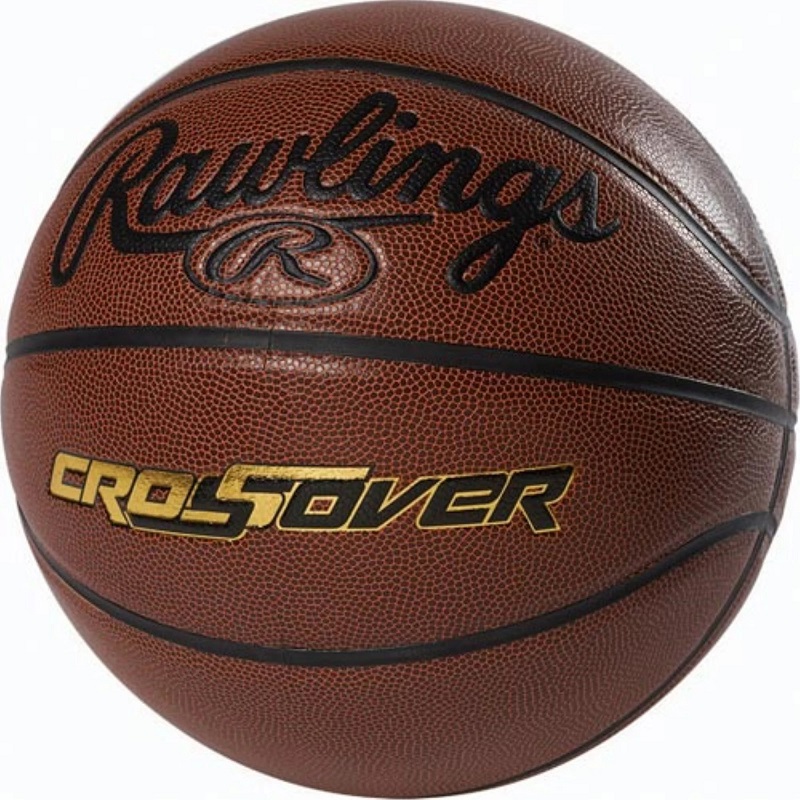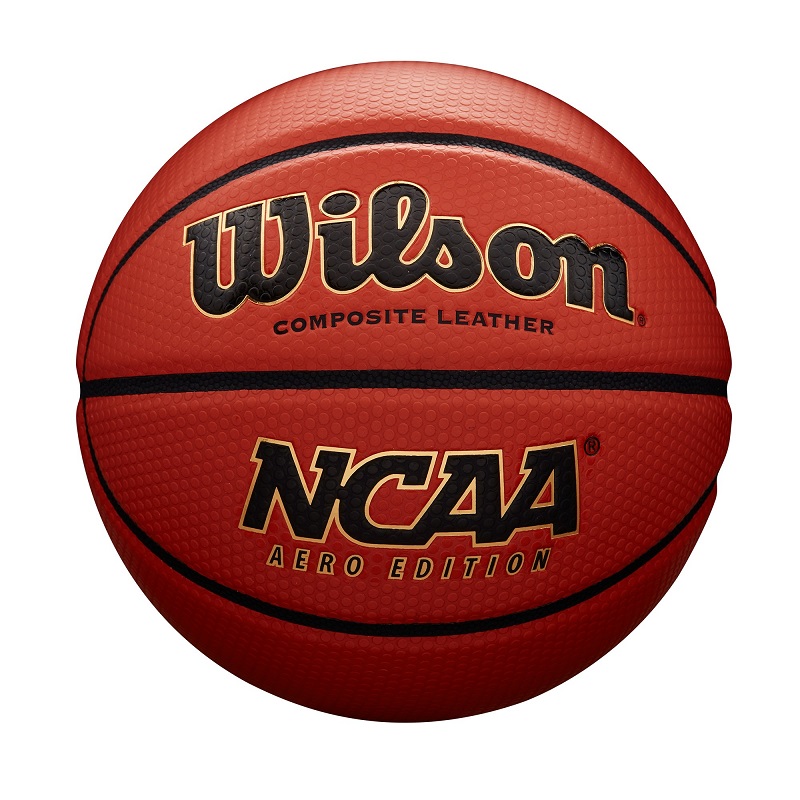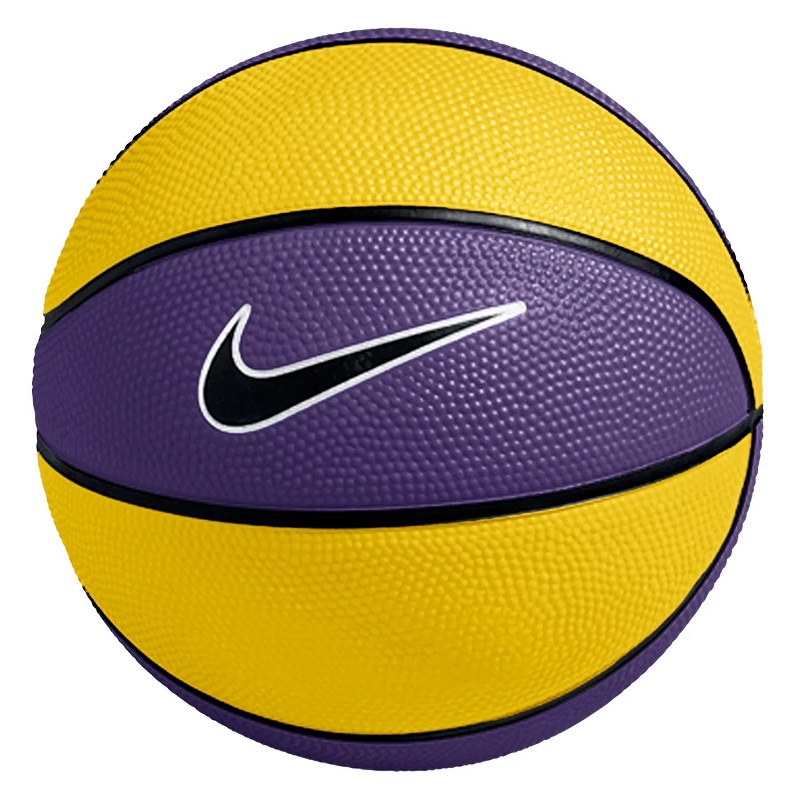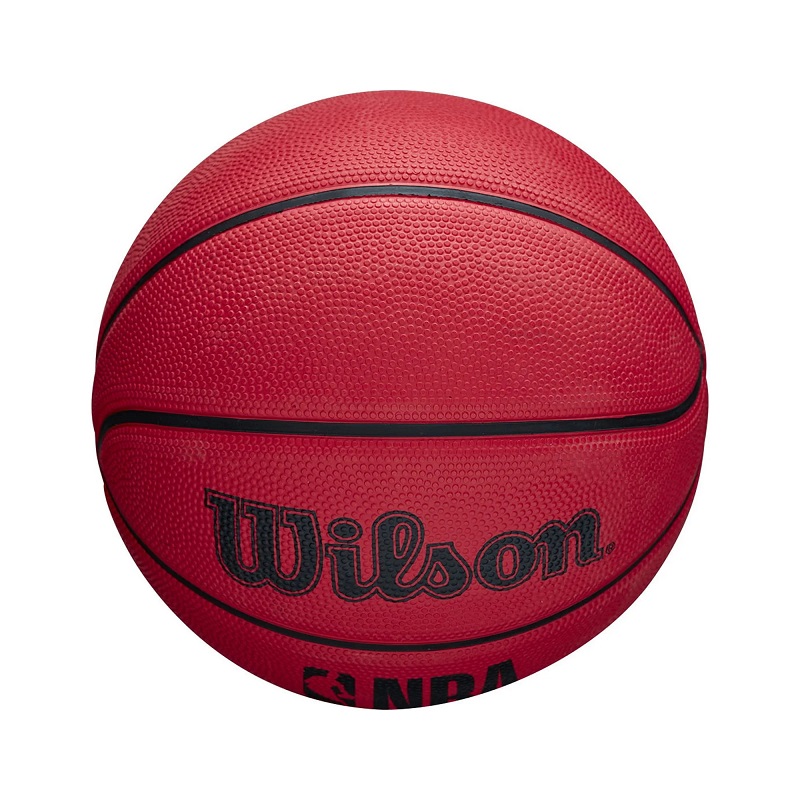Introduction
When it comes to playing basketball, selecting the right ball size is crucial. Whether you are a parent buying a basketball for your child or an amateur player looking to improve your game, having the correct size enhances gameplay and overall enjoyment. Additionally, using the appropriate basketball size can significantly impact shooting accuracy and ball handling. Therefore, having a reliable basketball size chart is essential.
In this article, we will provide a comprehensive basketball size chart covering youth, amateur, and professional sizes. Furthermore, we will explore how different sizes cater to the specific needs of various age groups and skill levels. We will also discuss the benefits of choosing the right size and how the right basketball can enhance a player’s performance. Read on to understand the nuances of basketball sizes and how they affect performance on the court.
The Role of Basketball Size in Game Performance
Choosing the correct basketball size directly influences performance during a game. Understanding the various sizes available can help you make an informed decision, ensuring you select the best option for your needs.
- Grip and Control: Using a basketball that is the correct size for your age and skill level aids in grip and control. A ball that is too large can be cumbersome, making it difficult to shoot, pass, or dribble effectively. Conversely, a ball that is too small may not provide the necessary weight and stability, negatively impacting your performance. Therefore, the right size matters not only in comfort but also in effectiveness on the court.
- Skill Development: For young players, developing fundamental skills is essential. Using appropriately sized basketballs can help them practice effectively. Furthermore, introducing youth players to properly sized basketballs encourages better shooting mechanics and ball handling from an early age. By feeling comfortable with the ball, young players can focus on developing their techniques rather than struggling with an ill-fitting basketball.
- Game Enjoyment: Lastly, using the correct size enhances the enjoyment of the game. Players tend to feel more comfortable and confident when handling a basketball suited to their needs. This confidence fosters a positive attitude towards learning the sport and improves overall satisfaction. When players are confident in their equipment, they are more likely to engage fully in both practice and games.

The Comprehensive Basketball Size Chart
To better navigate the wide array of basketball sizes available, we have compiled a comprehensive basketball size chart. This chart outlines the appropriate sizes according to age group and playing level.
Youth Basketball Sizes
Ages 5-8: Size 4 Basketball (25.5 inches)
- Designed specifically for young children, this size is lightweight, which helps them develop their skills without straining their hands.
- Ideal for introducing basic ball handling, shooting, and passing techniques.
Ages 9-12: Size 5 Basketball (27.5 inches)
- This size is slightly larger and heavier, promoting stronger hand strength and better control.
- A great choice for youth leagues where children start to compete more seriously.
Amateur Basketball Sizes
Ages 13-14: Size 6 Basketball (28.5 inches)
- Used primarily by middle school and junior high school players.
- This size helps bridge the transition between youth leagues and high school play. It allows players to experience a ball size similar to what they will use in high school, enhancing their preparedness.
Ages 15 and up: Size 7 Basketball (29.5 inches)
- The official size used in high school, college, and professional play.
- Designed for adults, this size helps to develop skills at the highest level of competition, including complex shooting techniques and advanced dribbling skills.

Understanding the Differences Between Sizes
While the basketball size chart provides a clear guideline, understanding the differences in basketball sizes is equally crucial. Each size serves a specific purpose and caters to the player’s age and skill level.
- Feel and Handling: The feel of a basketball varies with size. Smaller balls give younger players a sense of control, while larger balls provide seasoned players the stability they need. Learning how to handle different sizes prepares players for competition at various levels. Moreover, this adaptability can significantly improve their overall basketball IQ as they learn to adjust their playing style depending on the size of the ball.
- Technique Adaptation: As players grow, their technique adapts to the sizes they use. Smaller basketballs help young players develop proper shooting form, while larger balls encourage strength and technique continuity. Players must gradually adjust to different sizes as they advance in skill. For example, moving from size 4 to size 5 means adjusting to a slightly heavier ball, which challenges young players to improve their strength.
- The Psychological Aspect: Selecting the right basketball size is also a matter of confidence. Players who use balls suited to their age and skill level are more likely to feel empowered on the court. A perfect fit significantly boosts morale and enthusiasm for the game. This positive reinforcement can help players stay motivated to practice and improve.

Tips for Choosing the Right Basketball Size
When selecting the right basketball size, keep the following tips in mind to ensure optimal performance:
- Consider Age and Skill Level: Always start by considering the player’s age and experience. The basketball size chart serves as a baseline; however, individual skill levels may also warrant adjustments. For instance, a particularly tall or strong youth player may benefit from transitioning to a larger size sooner.
- Test Different Sizes: If possible, have the player try various sizes before making a purchase. Assess their comfort with each basketball and factors such as grip, weight, and control. Through exploration, players can determine what feels best for them. Hands-on testing often provides insights that a simple reading of a chart cannot match.
- Consult Coaches and Experienced Players: Coaches and experienced players can offer invaluable insights regarding appropriate basketball sizes for various skill levels. Their opinions may assist in making an informed choice and can help surface valuable insights. Listening to experienced individuals allows new players to learn about the nuances of different basketball sizes through shared experiences.
- Prioritize Quality: In addition to selecting the correct size, do not overlook the importance of quality. Choose basketballs made from durable materials that can withstand the wear and tear of regular play. High-quality basketballs maintain their shape and grip over time, ensuring a consistent playing experience.

Frequently Asked Questions (FAQs)
To provide further clarity on basketball sizes, we have compiled a list of frequently asked questions:
1. What if my child is between sizes?
- If your child falls between sizes, consider choosing the smaller size for beginners. This approach makes it easier for them to handle the ball and build confidence. As they improve, you can transition to the larger size. This gradual transition promotes skill development without overwhelming young players.
2. Can I use a professional-sized ball for youth players?
- While it is possible, using a professional-sized ball can hinder skill development for younger players. It’s best to stick to the basketball size chart and use balls designed for their age group. Allowing young players to use larger balls can sometimes lead to frustration and reduced interest in the game.
3. How often should I change basketball sizes?
- Players may need to transition to larger sizes as they grow or improve their skills. Generally, athletes should consider changing sizes every few years or when they feel uncomfortable handling their current ball. Regular reassessment based on skill level and comfort is crucial to their overall development.
4. Are there specific brands that offer suitable basketball sizes?
- Many reputable sports brands manufacture basketballs in various sizes. Brands like Spalding, Wilson, and Nike have reliable options tailored for different age groups and skill levels. Always read reviews and consider the feedback from other players to ensure that you select a high-quality product.
5. How do I maintain a basketball in optimal condition?
- To keep a basketball in excellent condition, always ensure it is adequately inflated. Check the specific pressure recommended by the manufacturer and maintain that level. Additionally, avoid exposing the basketball to extreme temperatures or direct sunlight for extended periods, as these factors can cause the material to deteriorate.

Conclusion
In summary, choosing the right basketball size is crucial for optimal performance and skill development. The basketball size chart serves as a reliable reference for players of all ages and skill levels, covering youth, amateur, and professional sizes.
Using the appropriate size enhances grip and control, which in turn builds confidence and enjoyment in the game. Furthermore, understanding the differences between sizes helps players adapt their techniques and prepares them for competitive play. Ultimately, knowing which size to use from the beginning establishes a solid foundation for basketball skills.
As you embark on your basketball journey or assist a young player, remember the significance of selecting the correct basketball size. Refer back to this guide whenever needed. By following the basketball size chart and other tips discussed here, you set players up for success, ensuring they develop their love for the game and strengthen their skills over time.
Moreover, as players grow and develop, encourage them to explore different sizes and brands. Doing so will facilitate their understanding of the game and allow them to make educated choices regarding their equipment.
By prioritizing the right basketball size and encouraging regular practice, we can foster the next generation of basketball stars. Remember that every player deserves a chance to enjoy the game, improve their skills, and savor the thrill of playing basketball.


